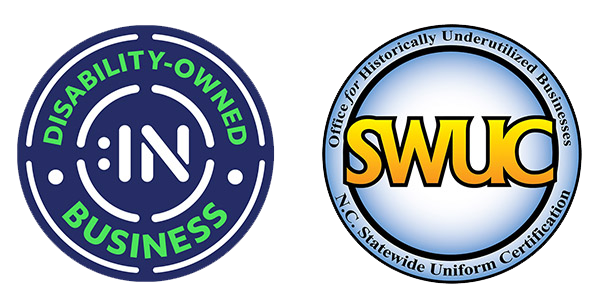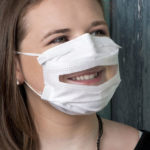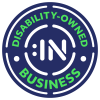4 Strategies to Optimize Your Healthcare Supply Chain
September 30, 2022 2023-03-10 11:364 Strategies to Optimize Your Healthcare Supply Chain
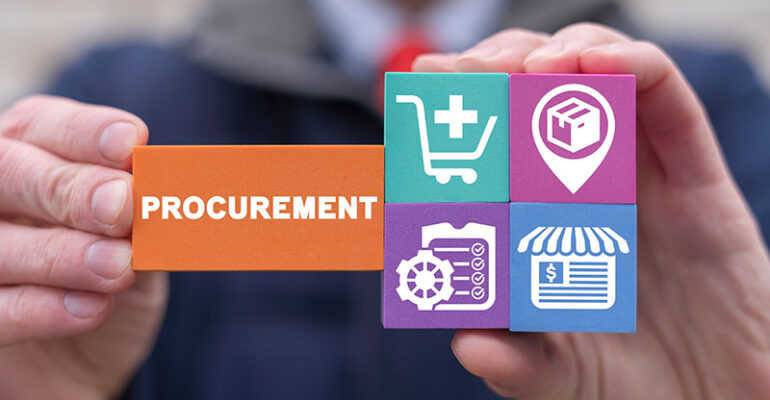
4 Strategies to Optimize Your Healthcare Supply Chain
Working with Healthcare Supply Chains throughout the country, Safe’N’Clear is aware of the strain healthcare systems were under sourcing PPE during the COVID-19 pandemic. With a PPE shortage and lack of N95 or surgical masks, many healthcare workers were inadequately protected in early 2020, and many died from Coronavirus. According to a December 2020 study in the National Library of Medicine, many healthcare workers contracted Coronavirus.
“As of May 2020, 87% of nurses reported having to reuse a single-use disposable mask or N95 respirator, and 27% of nurses reported they had been exposed to confirmed COVID-19 patients without wearing appropriate PPE. As of July 28, 2020, at least 1842 nurses, doctors, physicians assistants, medical technicians, and other healthcare workers globally, and 342 in the US, died due to the virus, and many more became sick. The CDC aggregate national data of 172,844 cases among healthcare personnel and 743 deaths. Healthcare workers have died from COVID-related causes in all but 19 states.”
This lack of PPE illustrates healthcare supply chains’ challenges during a crisis. Healthcare supply workers now understand that healthcare systems being adequately prepared is crucial to their success. While COVID-19 cases have decreased, another pandemic is possible in the coming years.
Safe’N’Clear is aware of these organizations’ challenges in fully supporting healthcare systems. With that in mind, Safe’N’Clear has put together this guide on how you can ensure your healthcare workers are prepared. Read all of the tips below!
1. Prioritize Accessibility in Your Healthcare System
As you think about the safety supplies workers in your healthcare system need, consider how you can make safety more accessible. While PPE is lifesaving for doctors, face masks without a transparent window can impede communication for deaf or hard of hearing patients. Because many deaf or hard of hearing people use lip reading, they may not be able to communicate effectively with their doctor, nurses, or other staff. Many patients from your healthcare system may not be able to receive the best possible care, as a great deal of the population has hearing loss. According to the World Health Organization,
“Over 5% of the world’s population – or 430 million people – require rehabilitation to address their ‘disabling’ hearing loss (432 million adults and 34 million children). It is estimated that by 2050 over 700 million people – or one in every ten people – will have disabling hearing loss.”
In addition, if you serve patients or have staff on the Autism spectrum and rely on more facial expressions and body language for better communication, you can also provide accessible communication for them. The Communicator™, or another mask like The Communicator™, can ensure everyone is part of the conversation and result in better health outcomes at all healthcare organizations you serve.
2. Talk to Healthcare Workers About Their Needs
Healthcare supply chains need to check in with their workers on the ground about their needs. That is why we recommend that healthcare supply chains have a way to collect information from different healthcare facilities.
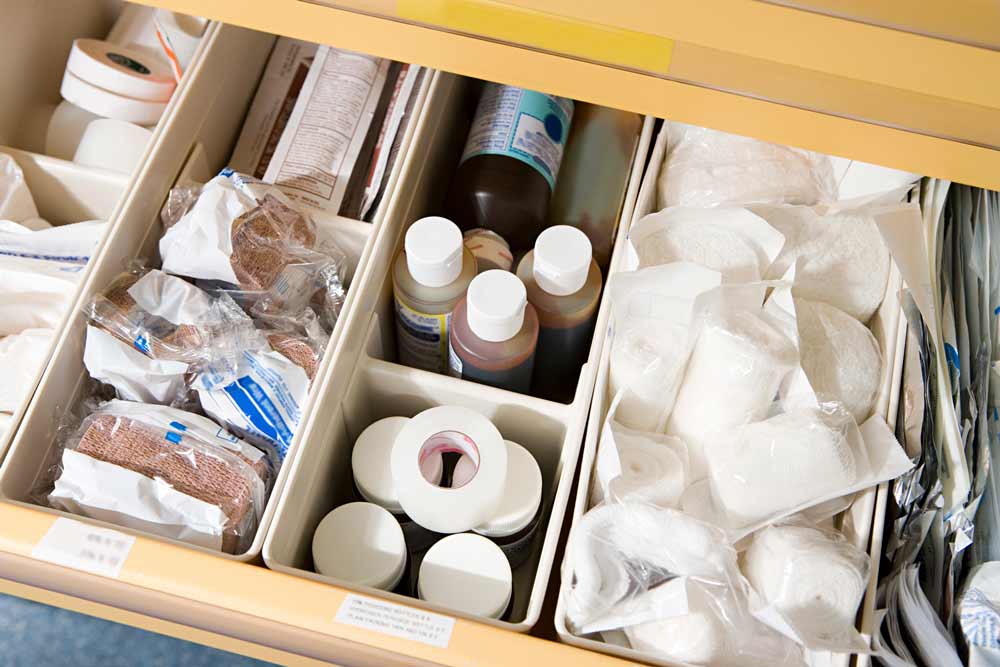
McKinsey surveyed US health system and supply chain executives to determine the cause of PPE shortages in the pandemic. In the study, McKinsey found that respondents “who reported that their supply chain organizations performed well consistently identified strong engagement with executives and frontline clinicians during and between contracting cycles as imperative.” In addition, healthcare executives “identified that a lack of clinician engagement in supply decisions and an unwillingness to adjust supply preferences are the biggest barriers to better supply chain performance.” Prioritizing talking to clinicians on other healthcare workers can help fully understand their needs, month to month.
3. Leverage Data to Analyze Healthcare Supply Chain Needs
Beyond checking in with healthcare staff, look at the data for using different supplies. As you look at the numbers, ask yourself questions like:
- How many masks do facilities use every month?
- How many patients do your healthcare facilities serve?
- What is most likely to run out sooner?
- Are there any supplies that are not used as quickly?
- Is there a lack of needed supplies?
Analyzing these numbers in conjunction with talking to clinicians can help you understand how your healthcare supply chain orders can better serve your healthcare facilities. From an accessibility perspective, you can examine how many accommodations your healthcare system provides and figure out how to serve the broader community better.
4. Stay Prepared For Future Shortages
In 2022, after experiencing the challenges of COVID-19, a lesson learned is to be prepared for anything. According to a 2021 Princeton study on the likelihood of pandemics, the probability of experiencing a pandemic in one’s lifetime is currently about 38% and may double in the coming decades. The scientists found that,
“Using recent estimates of the rate of increase in disease emergence from zoonotic reservoirs associated with environmental change, we estimate that the yearly probability of occurrence of extreme epidemics can increase up to threefold in the coming decades.”
Even if another pandemic as significant as COVID-19 does not come for quite a few years, it is crucial to be prepared for the unexpected. Even a small outbreak could lead to an increased need for PPE and supplies that could strain a healthcare supply chain. Being proactive about safety at your healthcare organization puts you in a good position to serve your patients.
Whether you are securing clear face masks or other medical supplies, good planning to ensure your supply chain system can handle the strain of an unprecedented event is best.
Need to Order Clear Surgical Masks For Your Healthcare System?
Of course, these are just some tips for optimizing your healthcare supply chain. If you are ensuring that your healthcare systems have all the PPE needed in the coming year, Safe‘N’Clear hopes you will consider The Communicator™ for your masking needs.
Safe‘N’Clear markets The Communicator™ surgical face mask with a clear window, which is the first FDA-approved medical face mask. The mask is 100% sourced and made in the USA and ADA-effective, allowing healthcare facilities to serve patients with accessible, transparent, and clear communication. The Communicator™ is also approved by Health Canada and Europe’s CE mark; The Communicator™ is definitely the best medical-grade mask quality-wise and communication-wise. If you are ready to get started, shop The Communicator™ mask here. You can also learn all about Safe’N’Clear here.
Purchase Online
Featured Deaf Leader
Recent Articles
